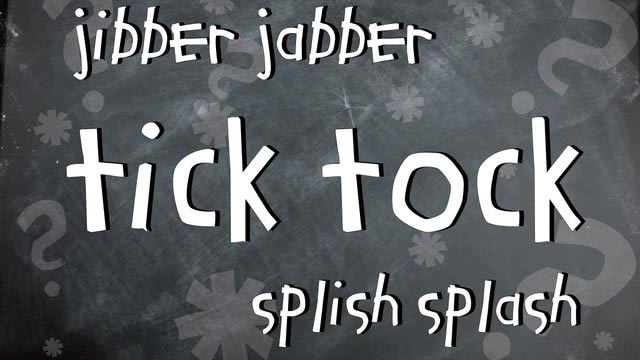Today we might use the term ding-dong for the sound of a bell or maybe an argument. We’d never of course use dong-ding just as we can never dally-dilly or shally-shilly or even have a song-sing. Nor would we ever walk in a zag-zig whilst wearing flop-flips.
But why not ?
It turns out all of these follow an ancient protocol that we follow entirely unconsciously. It even has a name and goes by the technical moniker of ‘ablaut reduplication‘.
Ablaut reduplication dictates that, in any duplicating word combination, we always put the i sound (as in ‘pit ‘), or the e (as in ‘see’), first , before an a or o. Even with three elements, the ‘rule’ stands.
The order must be

i (or e) / a / o

The same ‘law’ is found in many languages. The Japanese have the beautiful kasa koso (the rustling sound of dry leaves), while the Germans might speak of Quitschquatsch (‘fiddlesticks ‘), a Wirrwarr (muddle), or of Krimskrams (their version of the French bric-a-brac – which is incidentally is another ablaut reduplication).
But Why This Rule?

the reason ablaut reduplication exists has never been fully nailed down
We’ve all been doing this for centuries, yet the reason ablaut reduplication exists has never been fully nailed down. Sound is unquestionably key – when we produce an i or e, we position our tongue higher in our mouth, whereas the a or o pushes it lower. This high vowel/low vowel sequence produces a pleasing rhythm, even if it’s one we reserve mostly for these playful combinations.
SOME EXAMPLES OF ABLAUT REDUPLICATION
chit chat
clip clop
crisscross
dilly dally
ding dong
fiddle faddle
flimflam
flip flop
hip hop
jibber jabber
jingle jangle
King Kong
knick knack
mish mash
ping pong
pitter patter
riff raff
sing song
splish splash
Tic Tac
tick tock
tip top
zig zag





